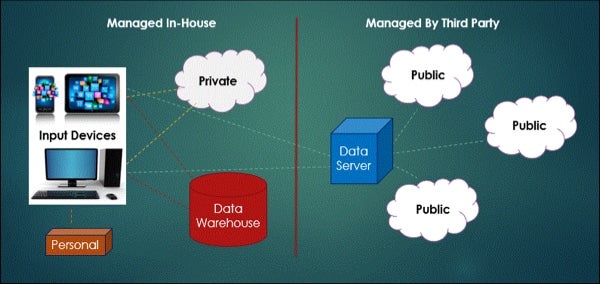The reason is that the policy object in PowerShell is divided into pretty specific types. Block access by location.
 Azure Ad Conditional Access Device Conditions For Device State
Azure Ad Conditional Access Device Conditions For Device State
After I hit save I get Validating Session at the bottom.

Conditional access policies. I have a conditional access policy to enable MFA. A conditional access policy is a decision led process which enforces organisational policies. App-based conditional access policy for access to Exchange Online.
In the unlikely scenario all administrators are locked out of your tenant your emergency-access administrative account can be used to log into the tenant take steps to recover access. You can block access if the data suggests the user has been compromised or if its highly unlikely that the user would sign in under those conditions. I have it shown here.
Block access except specific apps. However your organization may need more flexibility than security defaults offer. I later wanted to go into Session and enable Sign-In Frequency and set it to the recommended 90 days.
Azure Active Directory AD Conditional Access policies are available with Microsoft 365 Business subscriptions previously only available for Azure AD premium subscribers. Conditional Access Policies are triggered when employees are using personal devices BYOD to access company resources because they are untrusted devices. Youve set up a Conditional Access policy that requires a compliant device in order to use an iOS device to access company resources.
Set up Azure Active Directory Azure AD conditional access policies Azure AD conditional access lets you apply security policies that are triggered automatically when certain conditions are met. After the iPads update to iPadOS users can access company resources by using apps in the affected app categories from non-compliant iPads. The Conditional Access Policy Assignment Report is generated by the PowerShell script Get-ConditionalAccessAssignmentsps1 youll find the script further down.
Conditional Access policies are powerful tools we recommend excluding the following accounts from your policy. Users must sign in by using multi-factor authentication MFA typically password plus biometric or other device to access some or all cloud services. As explained in the article What is Conditional Access a Conditional Access policy is an if-then statement of Assignments and Access controls.
Lets say that you only want employees to access corporate documents on a trusted device and not. For example a person wants to access Nexus365 services to read their email and is required. Finally if you are troubleshooting Conditional Access policy matching you can use the Policy details view in the Sign-ins log.
While creating the backup was pretty straightforward it is a bit more work to use those files to create new Conditional Access policies. The purpose of the report is to give you an overview of how Conditional Access policies are currently applied in your Azure AD tenant and which users are targeted by which policies. Its all set and good.
Conditional Access and Azure Multi-Factor Authentication Microsoft 365 Business includes advanced Azure Multi-Factor Authentication MFA capabilities that you can configure together with Conditional Access policies in order to gain additional assurance that account logins are. Microsoft provides standard conditional policies called security defaults that ensure a basic level of security. Conditional Access is the tool used by Azure Active Directory to bring signals together to make decisions and enforce organizational policies.
When a user tries to log into a machine the users IP address and geolocation are analyzed. It might also be that you need some temporary conditional access policies while migrating to the designed situation. Once you have consensus about how you want to allow access to your company data you can start describing your Conditional Access policies below is an overview of the Conditional Access policies covered in this article.
Here is how this conditional access policy will work. Log into your tenant as an administrator and go to the Security Conditional Access Policies section. Conditional Access is at the heart of the new identity driven control plane.
Conditional Access policies allow you to prompt users for MFA when needed for security and stay out of users way when not needed. Sign-in risk-based Conditional Access Requires Azure AD Premium P2 User risk-based Conditional Access Requires Azure AD Premium P2 Require trusted location for MFA registration. You will now see details of how the policy was evaluated and which conditional were met and what access controls that were applied.
If you use the following code it will create new policies based on all the policies you just stored in JSON. Essentially if a user wants to access a resource then they must complete an action. Conditional Access can also prevent employees from having access to company resources from untrusted devices.
Conditional Access Policy will not save Validating Policy. A Conditional Access policy brings signals together to make decisions and enforce organizational policies. Emergency access or break-glass accounts to prevent tenant-wide account lockout.
Conditional access policies are managed through the Azure portal and may have several requirements including but not limited to the following. However you have not configured a macOS policy. Click a sign-in click the Conditional Access tab and then a policy.
All the other scenarios possible are either to fullfill requirements in order to successfully use Conditional Access or are additional security measures like always enforcing MFA when Azure AD administrators log in. Conditional Access policies at their simplest are if-then statements if a user wants to access a resource then they must. If it is not a trusted IP address and a selected geolocation the criteria is satisfied and the user is assigned the self-service policy that enforces endpoint MFA.
As you can see the policies are divided into several categories which I use in the naming of the policies as well.

